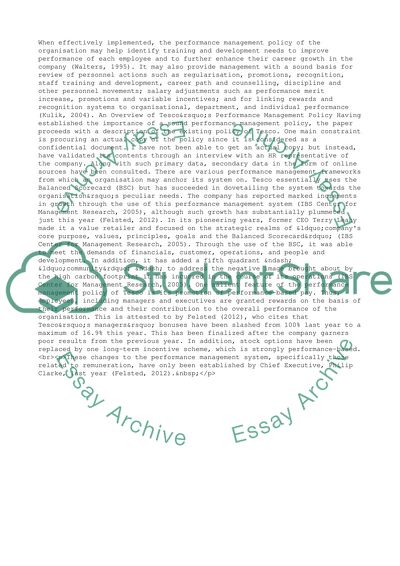Cite this document
(The Performance Management Policy of Tesco Case Study, n.d.)
The Performance Management Policy of Tesco Case Study. Retrieved from https://studentshare.org/management/1454049-hr-report
The Performance Management Policy of Tesco Case Study. Retrieved from https://studentshare.org/management/1454049-hr-report
(The Performance Management Policy of Tesco Case Study)
The Performance Management Policy of Tesco Case Study. https://studentshare.org/management/1454049-hr-report.
The Performance Management Policy of Tesco Case Study. https://studentshare.org/management/1454049-hr-report.
“The Performance Management Policy of Tesco Case Study”, n.d. https://studentshare.org/management/1454049-hr-report.


